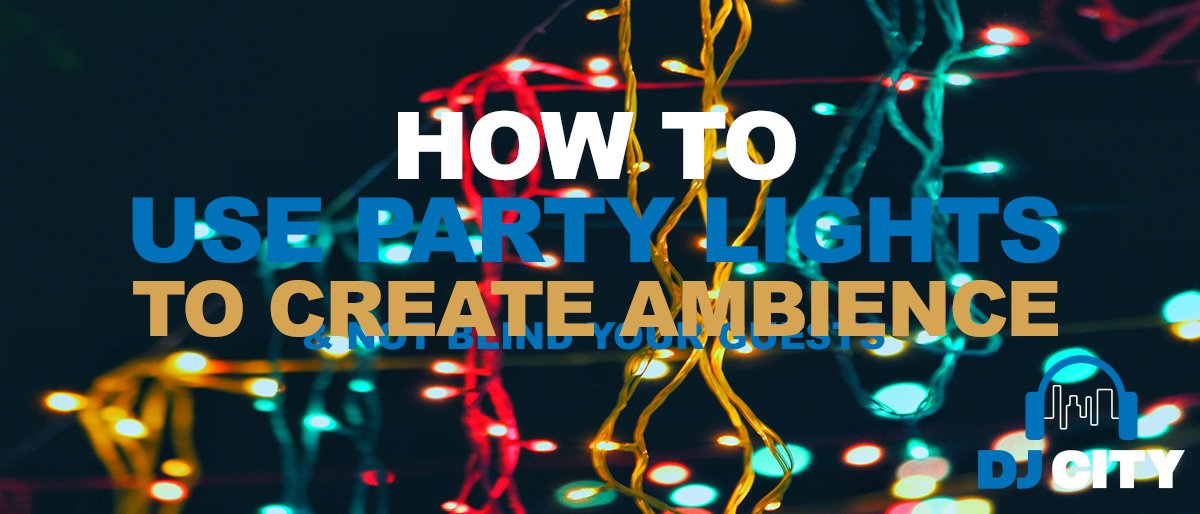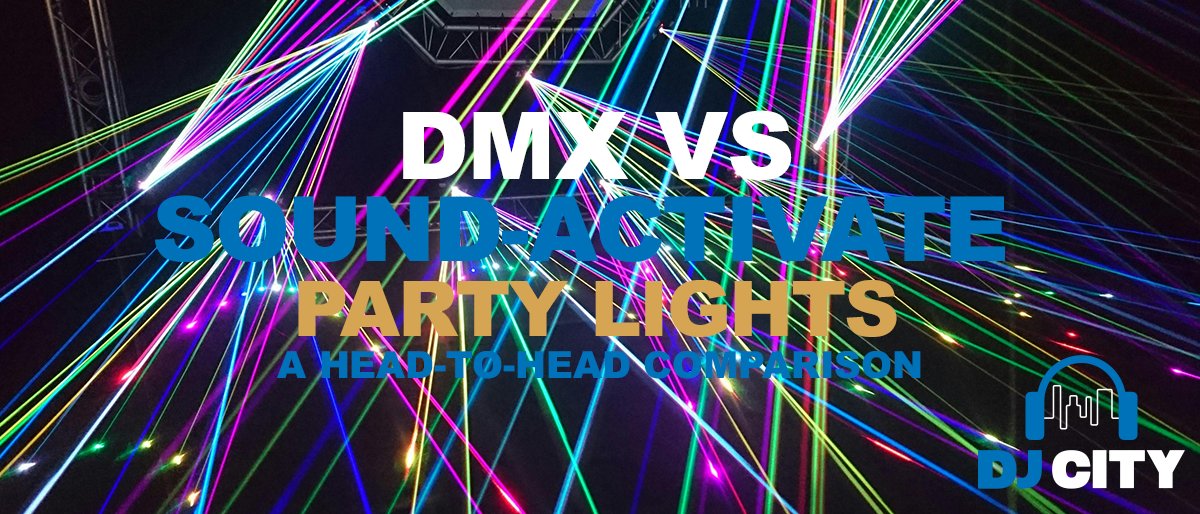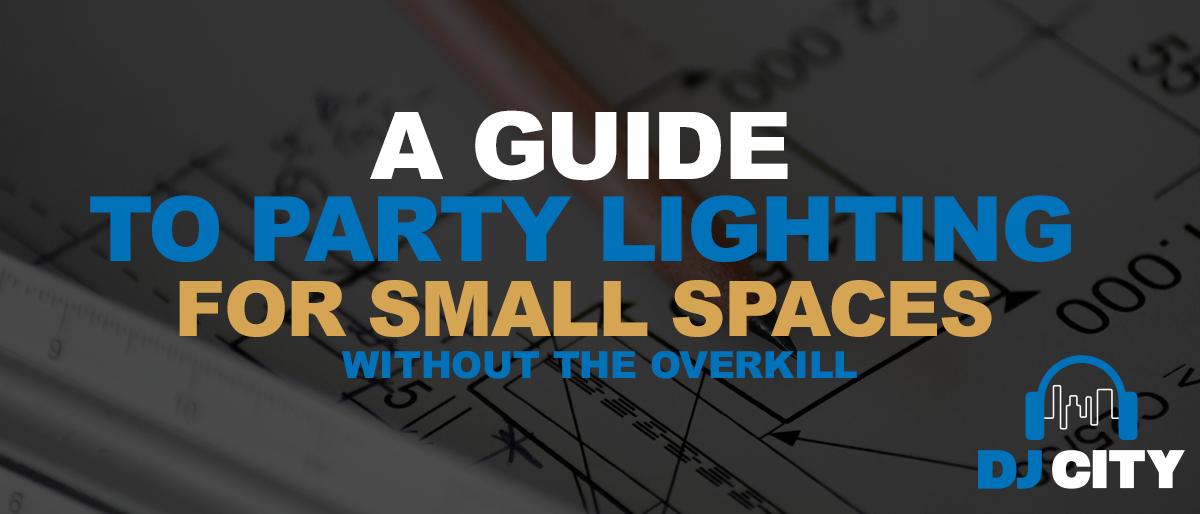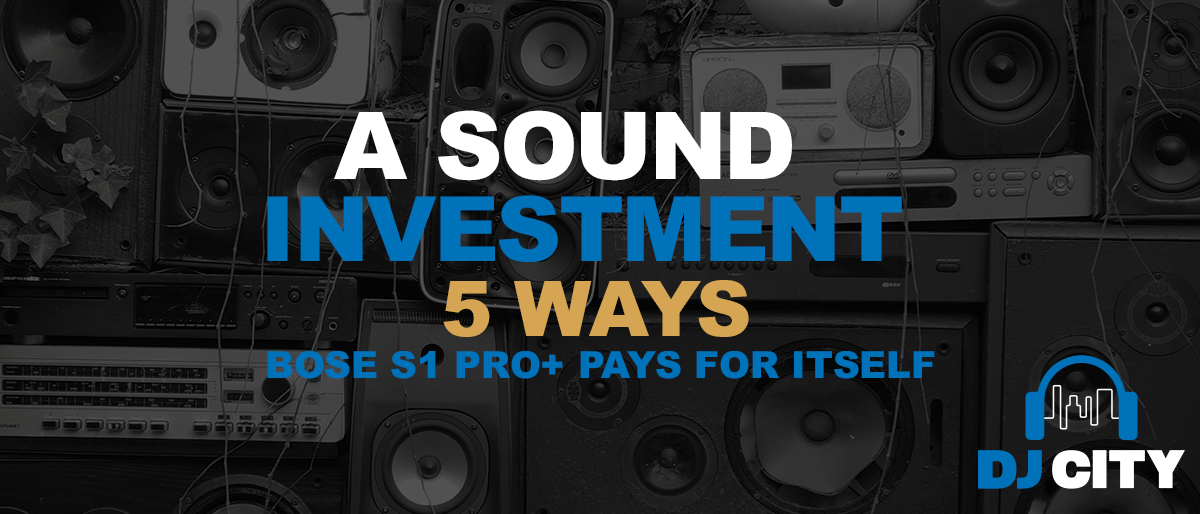
Headphones & Hearing Loss – 5 Ways To Protect Your Ears
We all know that listening to anything at a loud volume has the potential to damage your ears and cause hearing loss, regardless of the type or style of headphones you use. Many people already use ear plugs when they attend gigs and festivals.
But how much damage can your DJ headphones, studio headphones, or even casual earbuds really be doing to your ears?
In this article, we explain how headphones can cause hearing loss, affect ear functionality and go over some strategies you can implement with your beloved headphones to make sure you’re protecting your ears as much as possible.
- How do headphones cause hearing loss?
- What can you do to protect your ears?
- Lower The Volume
- Noise Cancelling Headphones
- Headphones over Earbuds
- Take a break
- Set a volume limit
- What if your ears are already damaged?
-
 Free Shipping$125
Free Shipping$125Sennheiser HD280 PRO Professional Studio Headphones
-
 Free ShippingOriginal price was: $109.$79Current price is: $79.
Free ShippingOriginal price was: $109.$79Current price is: $79.AKG K52 Closed-Back Headphones for Live Sound Monitoring & Recording Studios
-
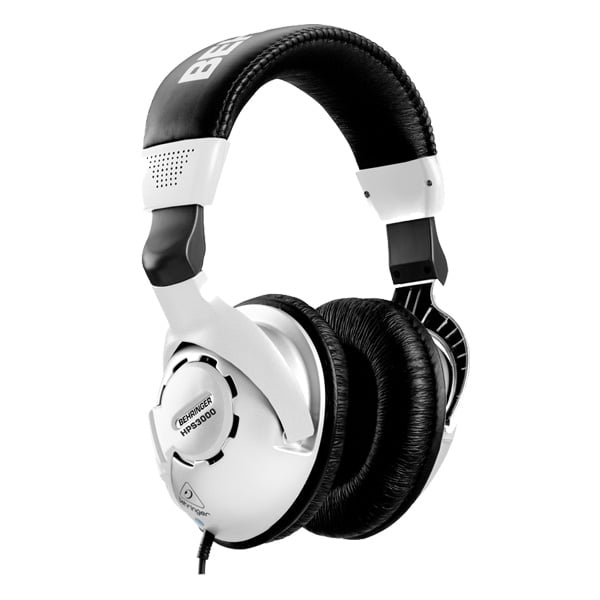 $29
$29Behringer HPS3000 Studio Headphones
-
 Free ShippingOriginal price was: $69.$55Current price is: $55.
Free ShippingOriginal price was: $69.$55Current price is: $55.Behringer P2 Powerplay Personal In-Ear Monitor Amplifier
Understanding Hearing Loss, Headphones and Hearing Protection
Hearing loss is a common issue that affects millions of people worldwide. It can be caused by various factors, including exposure to loud noises, age, and genetics. Headphones can play a significant role in hearing loss, especially if used improperly. When using headphones, it’s essential to keep the volume at a reasonable level and take regular breaks to give your ears a rest.
Prolonged exposure to loud sounds through headphones without hearing protection can cause permanent damage to the hair cells in the inner ear, leading to hearing loss. This is why it’s crucial to use headphones responsibly and take steps to protect your hearing. One way to do this is by using ear plugs or earmuffs, which can help reduce the volume level and prevent damage to your ears.
In addition to using ear plugs or earmuffs, it’s also important to choose headphones that are customised with ear and hearing protection in mind. Some headphones have built-in noise-cancelling technology, which can help reduce the volume level and prevent damage to your ears. Others have volume limiting features for hearing protection, which can help prevent you from turning the volume up too high.
Overall, understanding hearing loss, headphones and hearing protection is essential for protecting your hearing and preventing permanent damage. By taking steps towards hearing protection and using headphones responsibly, you can enjoy your music and other audio content while keeping your ears safe.
How do headphones cause hearing loss?
We are sure you are well aware that loud noises can damage your ears. But how much damage could your headphones really be causing you? What is the connection between the two? And how loud can you turn up the volume before you run the risk of hearing loss?
Whether you’re a DJ on stage, mixing in the studio, or just casually listening, just about everybody owns a pair of headphones and most spend a substantial amount of time wearing them. Additionally, more and more people are showing signs of noise-induced hearing loss and many of these cases can be attributed to one culprit: headphones.
In fact, experts are concerned we’re creating a prematurely deaf generation of Australians! This is why hearing protection is so important.
While ear plugs are effective for hearing protection in noisy environments, they are not recommended or particularly comfortable for wearing during sleep. This highlights the importance of choosing appropriate ear protection based on specific situations – whether listening to music, podcasts or just trying to sleep.
As audio professionals who use headphones regularly and attend gigs and concerts frequently, we have to be even more careful with our ears. So how do you keep yourself safe from hearing loss?
The key thing to consider here is volume! Headphones have the potential to produce some extremely loud levels. Thus, given that the sound is played so close to your ears, it’s no surprise they can cause some serious damage.
Listening too loud
It works like this. When the soundwaves from your headphones hit your ears, it causes your eardrums to vibrate. This vibration then gets sent to the inner ear where it reaches the cochlea. Then, the thousands of tiny hair cells begin to move, and the louder the audio, the more they move.
By listening to sounds that are too loud, your hair cells start to lose their sensitivity. As a result, those hair cells have the potential to bend or fold over which can then cause the sensation of temporary hearing loss. That’s why after you’ve been at a loud concert or festival you might experience the sensation of being hard of hearing for a period of time afterward. Your hair cells are taking time to recover after being exposed to such noise.
However, in some cases, the cells never recover or do not recover fully, and might be too damaged to function normally. Unfortunately, when this happens, it’s almost impossible for your ears to fully recover.
Listening too long
But what if you don’t listen to your headphones at full volume, is hearing loss out of the question? Not necessarily!
Headphones don’t have to be extremely loud to do damage to your ears; even just listening at a moderate volume can affect your hearing. That’s because your ears are not only damaged by how loud the noise is, but also the length of exposure.
So you’ll need to make sure you’re always taking precautions when listening to headphones in an effort to preserve your hearing.
What can I do to enhance hearing protection?
Lower The Volume
This is the easy and obvious strategy! Your ears are precious, so you want to protect them as much as you can. If that means turning down the volume coming through your headphones, then so be it. Try to do the same when you’re listening to other sources of audio as well, such as listening to music through speakers or watching TV. The number one cause of noise-induced hearing loss is exposure to loud noise.
-
 Free ShippingOriginal price was: $89.$69Current price is: $69.
Free ShippingOriginal price was: $89.$69Current price is: $69.Behringer HC2000BNC Bluetooth Wireless Noise Cancelling Headphones
-
 Free Shipping$579
Free Shipping$579Focal Listen Pro Closed-Back Headphones
-
 Free Shipping$119
Free Shipping$119Behringer BH480NC BT Active Noise Cancellation Headphones
-
 Free Shipping$400
Free Shipping$400Shure AONIC 50 Wireless Noise Cancelling Headphones Brown
Use Noise Cancelling Headphones
Most people find themselves blasting the volume on their headphones in order to drown out surrounding noises and distractions. To get around this, one hearing protection solution is to get yourself a pair of noise-cancelling headphones. This handy device blocks out unwanted external noise whilst allowing you to enjoy your tunes at a lower volume without any distractions.
Although noise-cancelling headphones might not always suit specific applications, they’re a great choice if you have the option available. If you’re just looking for general listening, I’d recommend picking up a set of Shure AONIC 50 headphones. These headphones are not only noise-cancelling, but are completely wireless, offer premium sound quality, are physically comfortable, and created for high durability.
Prioritise Headphones Over Earbuds
Which is better: Headphones, earbuds, or earphones? First off, what is the difference? The term headphones is often used quite interchangeably and covers just about everything that delivers audio directly to your ears. But headphones and earbuds aren’t technically the same thing.
When we’re talking earbuds, we’re referring to the small silicone or plastic earphones that fit snugly in each ear: Whether that be a set of in-ear-monitors, Air Pods, or just the pair that came included with your phone.
On the other hand, headphones refer to the kind of devices that sit over each ear and cover your entire ears. With over-ear headphones, you’re slightly increasing the distance between your eardrums and the speakers. Therefore, you’re lowering the chance of suffering any hearing loss.
The difference in distance between a pair of over-ear headphones and earbuds might be minimal, but it can make a tangible difference in the long run.
Take a Break Regularly
If you insist on listening at high volumes and/or you don’t have access to noise-cancelling or over-ear headphones, another way you can protect your ears is by reducing your listening time. Like we touched on before, it’s not only the volume that affects your hearing but the amount of time exposed as well.
A good rule of thumb is to follow the 60/60 rule. The 60/60 rule is as follows: You shouldn’t listen to audio any louder than 60% volume for any longer than 60 minutes at a time. To be super safe, I’d recommend taking at least a 5 minute break every half an hour and a 10-minute break every hour.
Set Volume Limits
Finally, the last tip we are going to give you is to set a custom volume limit on your listening device. This might not be applicable when you’re DJing or producing. But if you’re like most, you’ll be using your smartphone for much of your daily and casual track or podcast listening.
So take advantage of the settings on your phone that allow you to set a custom volume limit. On most smartphones you can find these settings by following this rough channel: Settings > Music > Volume Limit. Then you can set a max volume for your listening. This means that even when you turn the volume all the way up, you won’t be surpassing that max level. It is an effective safeguard mechanism to ensure hearing protection and prevents you from being able to raise the volume to dangerous or harmful levels.
Choosing the Right Ear Plugs for Hearing Protection
Choosing the right ear plugs for hearing protection can be a daunting task, especially with so many options available. However, by considering a few key factors, you can find the right ear plugs for your specific needs.
First, consider the type of activity you’ll be using the ear plugs for. If you’ll be using them for music or other loud activities, you’ll want ear plugs that are tailored specifically for those purposes. These ear plugs are typically made with a special type of foam that is engineered to reduce sound levels while still allowing you to hear the audio and other sounds clearly.
Next, consider the level of noise reduction you need. If you’ll be working in a very loud environment, you’ll want ear plugs with a high noise reduction rating (NRR).
The NRR is a measure of how much noise the ear plugs can block, and it’s usually measured in decibels (dB). Look for ear plugs with an NRR of at least 25 dB for moderate noise levels, and 30 dB or higher for very loud environments.
Finally, consider the comfort and fit of the ear plugs. You’ll want ear plugs that are comfortable to wear for extended periods of time, and that fit snugly in your ears. Look for ear plugs made with soft, flexible materials that are designed to conform to the shape of your ear.
By considering these factors, you can find the right ear plugs for your unique needs and hearing protection in a variety of situations.
Custom Hearing Protection Solutions
Custom hearing protection solutions are meant to provide the highest level of protection and comfort for individuals with specific hearing needs. These solutions are typically created by audiologists or hearing specialists who work with individuals to create custom-fit ear plugs or earmuffs that meet their specific needs.
Custom hearing protection solutions can be beneficial for a variety of individuals, including musicians, construction workers, and individuals who work in loud environments. These solutions can help reduce the risk of hearing loss and tinnitus, and can also improve communication and productivity in noisy environments.
One of the benefits of custom hearing protection solutions is that they are tailored to the individual’s specific needs. This means that the ear plugs or earmuffs are designed to fit the individual’s ear perfectly, providing maximum comfort and protection.
Custom hearing protection solutions can also be designed to meet specific noise reduction requirements, ensuring that the individual is protected from harmful sound levels.
In addition to providing protection and comfort, custom hearing protection solutions can also be designed to meet specific aesthetic requirements. For example, custom ear plugs can be made in a variety of colors and styles, allowing individuals to choose a solution that fits their personal preferences.
Overall, custom hearing protection solutions are an excellent option for individuals who require high-level protection and comfort. By working with an audiologist or hearing specialist, individuals can create a custom-fit solution that meets their specific needs and provides maximum protection and comfort.
What if your ears are already damaged?
Unfortunately, if your ears are already damaged from headphone induced noise, they may never heal completely. Because when hearing damage starts to creep in, you’re starting an irreversible journey that will affect you for life. This is worrying enough for your average music fan or nightclub goer.
But if you’re a musician, DJ, or audio professional, hearing loss is all the more terrifying because you rely on your hearing to do your job. So once you start doing damage to your ears, you’ll also be putting your income in jeopardy. That’s why the hearing protection strategies we outlined above are all the more important.
If you are wondering how to balance hearing protection with your DJ work, music enjoyment or gig attendance, why not reach out to the DJ City team today. As fellow enthusiasts and specialists in audio equipment, we can help you find a tailored solution or the right product to keep you happy, healthy and safe.
If you liked this article, you might be interested in the following:



